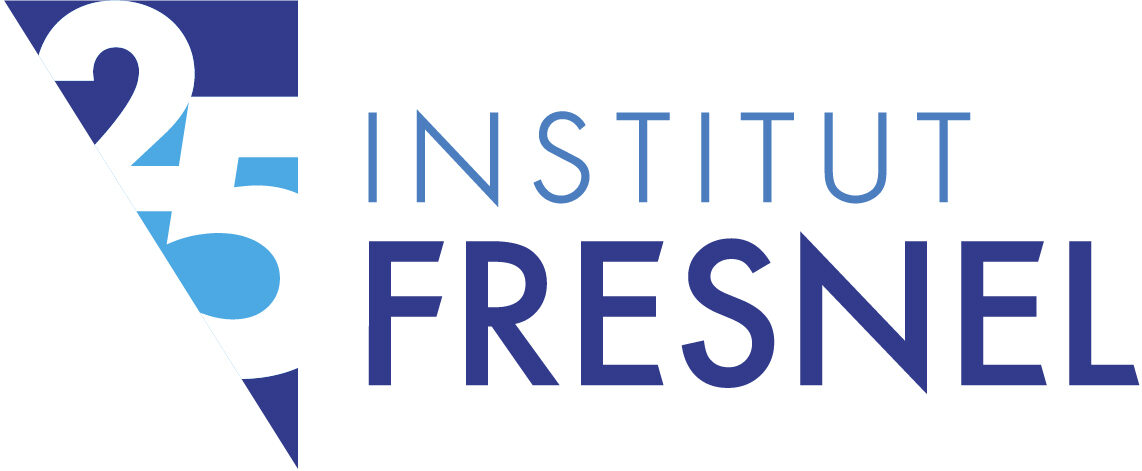- - Équipe : GSM
- - Direction de Thèse : Rémi ANDRE
- - Lieu : Institut Fresnel
- - Durée : 5-7 Months
- - Contact : andre@fresnel.fr
Scientific context :
Stimulated Raman Histology (SRH) is a novel imaging technique allowing the acquisition of histological images enabling the visualization of consistent brain tumor biomarkers from sampled tissues. The main benefit of SRH is that images are obtained within few minutes while the traditional histology technique (Hematoxilin/Eosin (H&E) staining) can take up to 24 hours. Images are acquired with a Stimulated Raman Scattering (SRS) microscope configured to detect two Raman shifts 2845 cm-1 and 2930 cm-1corresponding to CH2 et CH3 chemical bonds. The resulting images are then a two-channel images : one channel associated with CH2 chemical bonds (mainly located in cell bodies) and the other associated with CH3 chemical bonds (predominantly located in cell nuclei). Currently, cell nuclei, a major feature for cancer diagnosis, are identified by performing by a simple subtraction between both image channels [1].
Missions :
The proposed internship aims to develop and implement algorithms to enhance the visualization of cell nuclei. More precisely, the idea is to estimate new representations by minimizing the statistical dependance and/or the correlation between image channels [2, 3] while preserving biological and physical information. Furthermore, a second challenge is to design efficient quantitative metrics to ensure the consistency between the learned representations and the acquired images.

